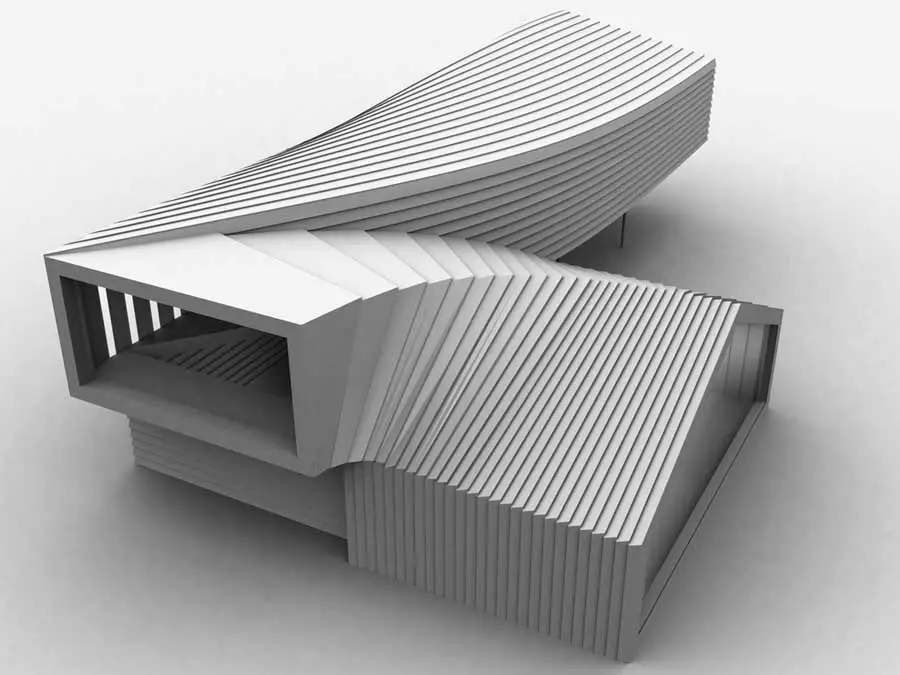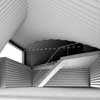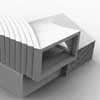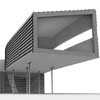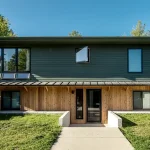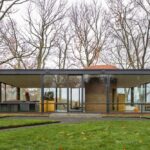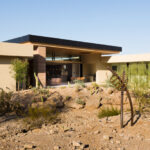Swell House New Jersey residence, Highland Park NJ home images, America residential building architect
New Jersey House : Highland Park Residence
NJ Real Estate design by Studio ST Architects, USA
post updated April 18, 2024
Location: Highland Park, NJ, USA
Date built: 2007
Design: Studio ST Architect and Z-A
New Jersey Residence
October 6, 2008
Swell House, NJ
Program:
“A nation deep in denial loves the imitation, pastiche and sameness of look-alike architecture. Additions made with the brain engaged, however, build on the truth that what matters is not looks but meaning.
What matters is what the new and the old in their differing expressions say together about the evolving subject matter, the way the new and the old are brought to collaborate across their difference to make vivid what needs to be realized today.”
Paul Spencer Byard / Harvard Design Magazine, Issue 23
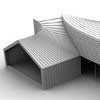
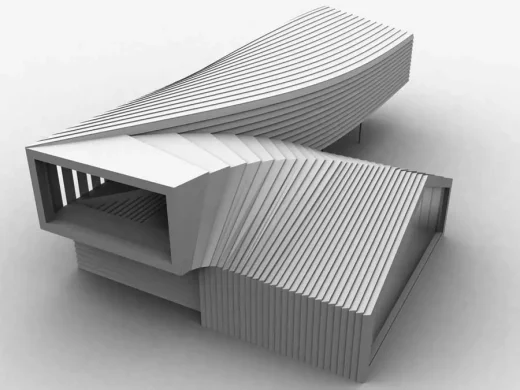 3.jpg” target=”_blank” rel=”noopener noreferrer”>
3.jpg” target=”_blank” rel=”noopener noreferrer”>
images from architects
Adding to a suburban house does not entail a fancy program and there is no picturesque setting or urban density to be reckoned with. Rather the mundane nature of this project lends itself to a focus on the act of addition the question of old versus the new and the meaning of preservation versus evolution.
We began with the notion that evolution and growth is at the core of any architectural endeavor and that every project is an addition or an extension of its context. This notion generates an understanding of being contextual as being prone to mutation and growth. In the same way we view a project as an extension of its surrounding, we view the act of designing as an extension of an already accumulated professional knowledge and not as a tabula rasa operation.
As such, we look at our projects and our operations in the context of similar precedents and typologies. However when we look at architectural typologies we don’t look for the rigid set of fixed rules, rather we examine the moments where these fixed rules can break or mutate. It is precisely these moments that we can use to our advantage when we engage new environments, programs and constraints. In this case we looked at the typology of suburban housing and the typology of addition.
The typology of addition is in itself the typology of mutation. When looking at different precedents at the building scale it’s easy to find the modernist approach that contrasts the old and the new, the neo historicist approach that borrows from the old to cover the new, the archeological approach of the old being covered by the new and the preservationist approach of the new occupying the old. However only when looking at the urban scale did we find the typology of addition where the new and the old simultaneously impact one another.
The new carves into the body of the old, redirecting flows and at the same time being redirected by the flows and matter of the old. When looking at the evolution of urban typologies through time, it becomes clear that this is not a morphological and definitely not a stylistic categorization of type; rather it is a performative one. It is a typology that can only be defined by relations of weak and strong structures, both physical (voids, highways) and non physical (social, economical).
In the typology of the suburban house there are two primary structural systems, the vertical structure (stemming from the foundations and holding the walls) and the triangulated structure (holding the pitched roof). This structural logic of stacking the two disjointed systems one on top of the other can be found in different environments and dressed in different styles, but remains the essence of the American suburban house typology. When looking for the weak points of this typology, the points where mutation might happen we were intrigued with the fact that these are indeed two disjointed structural systems, each performing its own task.
Following these findings we located the extended volume so that it is hovering above the existing vertical structure leaving the footprint and foundation intact. The pitched roof structure is absorbing the mutation caused by the extension. The joint between the old and the new is not only indicated on the exterior volumes but is also registered in the interior of the house where a double height space is created and the stairs are located. Despite the double curvature of the volumes they are made of simplified surfaces that are supported by a structure of straight lines.
With the concept of mutated context in mind we explored the properties of the most mundane suburban cladding material – the clapboard. Despite its seemingly rigid appearance we found different ways to use it and interpret it in relation to different functions.
On the extended elevated volume the clapboard is placed longitudinally so that it can accommodate the slight curved distortion of the volume. The west elevation is opaque following the corridor that leads to the bedrooms.
In the east elevation four planks are removed where the bedroom windows are. In the portion of the east elevation that is above the existing structure the planks are set vertically, extending the orientation of the roof planks acting as brisoleil that filter the light into the family room which already has a big window facing north and does not require more direct sunlight.
The roof is sloped west towards the yard so that it can be seen from the yard and to avoid draining where the east bedroom windows are. It then changes direction and slopes towards the east where it connects to the vertical planks both visually and for drainage. On the morphed roof structure (above the existing house) the planks are perpendicular to the ridge so that they can be made of fl at pieces.
Where possible they are extended vertically and draped over the existing vertical structure, creating a double skin buffer for natural air circulation. The existing vertical structure and foundations remain. Where they continue out of the double skinned area they are clad with the original horizontal clapboard. On the north façade the entrance door is cut out of the planks and on the south façade the planks are twisted horizontally to create louvers that swing open where the kitchen connects to the yard (under the cantilevered volume).
Since we wanted to maintain a relatively compact volume the private programs were placed in the elevated volume and the public programs were placed in the existing structure which became a big room where different functions can shift and grow as needed. The program that connects the two, the family room, is placed in the elevated structure but because of its semi-public nature it is open to below and allows for the double height space to flow smoothly.
The programmatic use and treatment of the outdoor spaces are conceived as part of the addition process where new landscaped spaces are carved into the existing grass surface. Sustainability was addressed on a few levels.
As the biggest contributor to waist, construction demolition was kept to a minimum. The foundation and exterior walls remain and the roof structure is being recycled. A compact structure totaling 1,900sq.ft. is aimed at saving both on construction materials and costs and on heating and cooling in the long run.
The space between the double skin walls, around the open space on the ground floor, can be opened up in summer and allow air to cool the walls as it flows through and out a dedicated opening in the pitched roof. In winter the space is closed and acts as additional insulation. The footprint of the building on the ground remains a mere 900sq.ft. and as a result there is no decline in the soaking capacity of the ground which is crucial for the low lands of New Jersey.
Highland Park House – Property Information
Date: Apr 2007
Client: Khodorkovsky family
Area: 1,900 sqft
Cost: $400,000
Swell House images / information from Studio ST Architects 061008
Location: Highland Park, NJ, USA
New Jersey Homes
Design: Narofsky Architecture
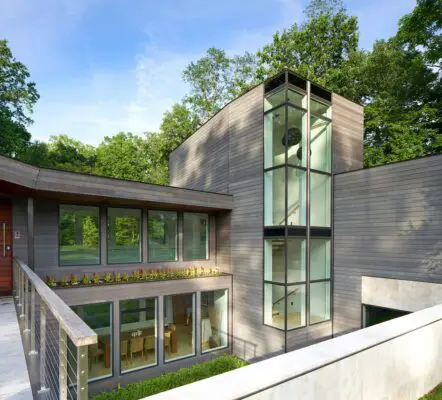
photo : Phillip Ennis
Ancheta Residence, Rumson
Gloria Crest Mansion, Englewood, NJ
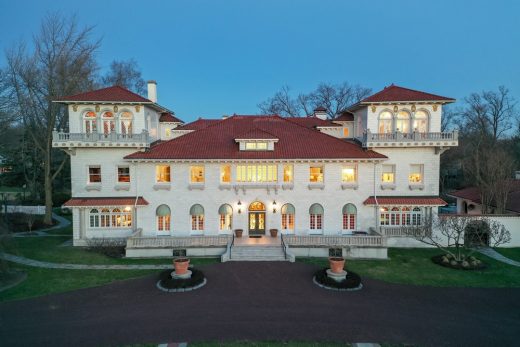
photo : Signature Realty
Gloria Crest Mansion
Salt Box Residence, Mantoloking
Design: Parnagian Architects LLC
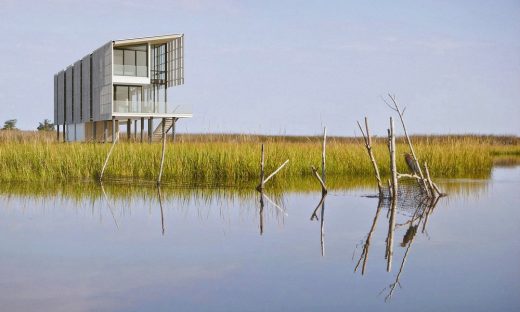
visualization : Parnagian Architects LLC
Salt Box Residence in Mantoloking
New Jersey Architecture Designs
NJ Architecture News – latest additions to this page, arranged chronologically:
Architect: Kimmerle Newman Architects and Kimmerle Workspace
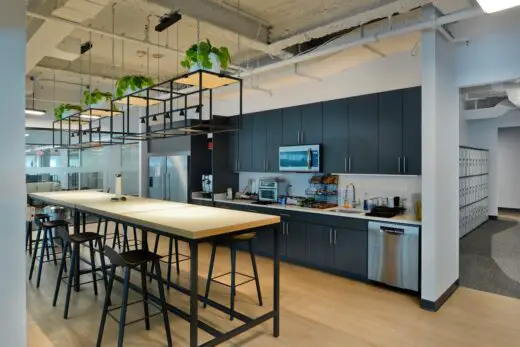
photo : William Neumann Photography
All American Healthcare Newark Office
Architects: WRNS Studio
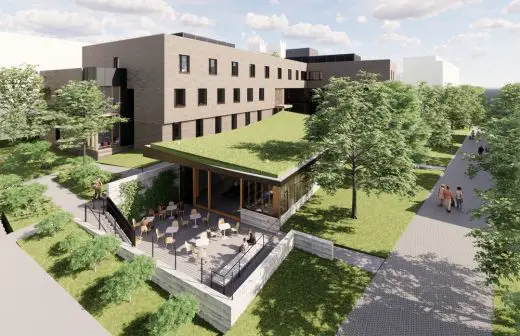
images courtesy of architects practice
University Health Services Building Princeton
Architecture in USA
Contemporary Architecture in USA
Princeton New Jersey Building : University project by Steven Holl Architects
Buildings / photos for the NJ Residential Developments – Highland Park Real Estate design by Studio ST Architects, USA page welcome.

